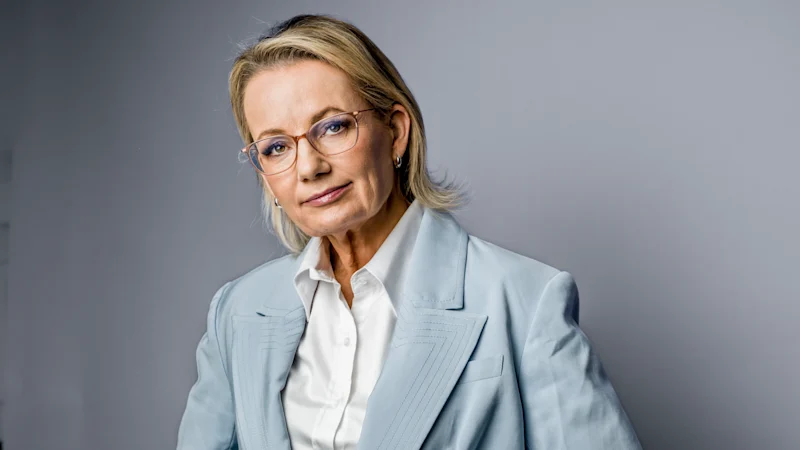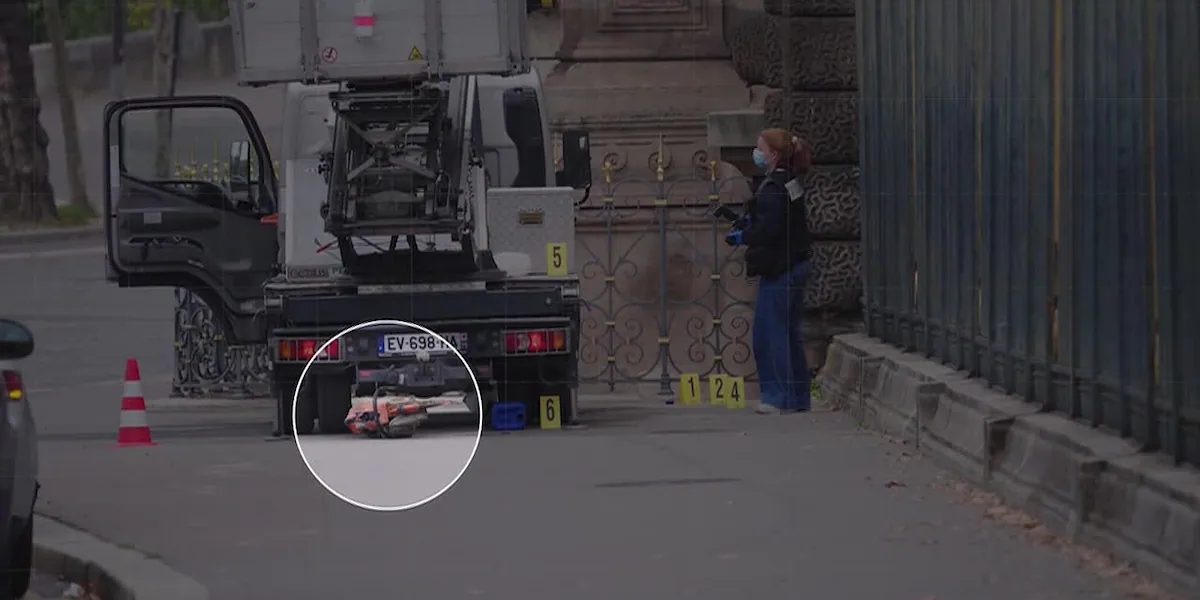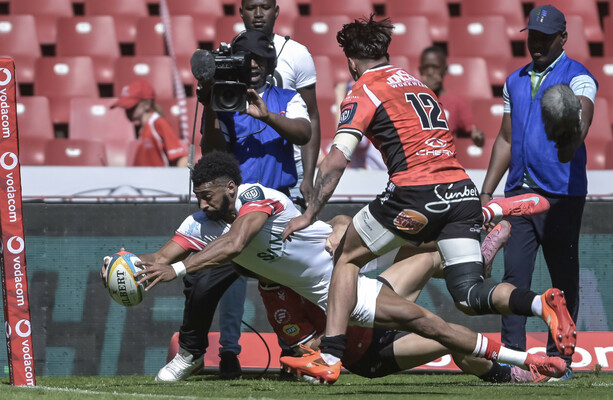Copyright brisbanetimes

Talk to any Liberal, and at some point they will pay homage to Robert Menzies, Australia’s longest-serving PM. I ask Ley whether the Liberals now are in some ways like the Democrats in the US: rootless, unsure of who they appeal to, and wondering why they have lost so much support. “No, we’re not like the Democrats,” she says. “I would say we need to explain our values better. They’re clear. They’re enduring. They haven’t changed since Menzies.” Albury has deep Liberal roots, and Ley points out the imposing Mate’s building on the corner of Dean and Kiewa Streets. This was where Menzies convened a three-day meeting in December 1944 to sort out the machinery of the new Liberal Party – its draft constitution, the state divisions, federal executive – the dull but crucial structures many Liberals now say are no longer fit for the modern era. Menzies’ vision was of a party for individual rights over the collective Labor Party, for the “forgotten” middle classes in the suburbs, the “salary-earners, shopkeepers, skilled artisans, professional men and women, farmers”. But the Menzies suburban middle class has fled the party. Twelve of the 15 seats the Liberals lost in May were in the cities, where most seats now are. The details are terrible: of the 88 seats classified as inner and outer metropolitan, the Liberal Party holds nine. After the 2022 wipeout in the cities to Labor and the Teal independents, the party held just four inner metropolitan seats; now it holds two. Ley and her deputy Ted O’Brien represent rural seats. Overall, the Coalition has just 43 lower house members to Labor’s 94. “The path to victory is through every single seat,” says Ley diplomatically, “and clearly it’s through metropolitan Australia because we’ve lost so much in metropolitan Australia.” Her supporters agree, and think people like Hastie and Price don’t get it. “We will never win without Melbourne or Sydney,” says NSW Senator Kovacic. “In the UK, in the US, you can win without the cities; you can’t here.” Sydney and Melbourne tend to be more progressive than the regions and the country on issues such as climate change. And the Liberals have to win back women. Menzies’ emphasis on the central role of the home, in contrast to Labor’s pitch to working-class male unionists, meant the Liberals were the natural party for women for decades. But women changed and, since the 1996 election, have shifted towards progressive parties. None of this is new. After the 2022 loss, Ley, as the new deputy leader, was tasked with making the Liberal Party more appealing to women. She went on a “listening” tour aimed at “restoring their faith” in the party. Nothing changed, and Ley is again “listening”. “I do understand what the life of a modern woman is like because I’ve lived that myself. I’ve had three children. I’ve piled them in the car in the morning, I’ve gone to childcare, I’ve gone to uni, I’ve got home, I’ve tried to cook at dinner. I’ve tried to help with the books. I’ve tried to deal with someone who’s sick.” In her speech to the National Press Club, Ley said: “I understand the fear you feel when you go for a walk alone. Because I have felt that fear, too. I understand the pain that comes with coercion and control because I have felt that pain, too.” She says now that she “wanted women to know that I understood”, but she won’t elaborate. “There are some quite distressing legal and personal reasons why I will never do that.” What policies will flow from listening to women are not known, but one example Ley offers is opposing Labor’s proposal for universal childcare. This is typical Labor, she says, “standardising so much of the offerings that are there for the Australian people, limiting choice, limiting opportunity”. Ley has supported some form of quotas for female representation for many years, and says she’ll be a “zealot” as leader, having “tough conversations” with state divisions about promoting women. She can’t do much more than talk tough as she has no power over the divisions on preselections. Again, none of this is new. But she is wielding what influence she has, says Kovacic, and there are likely to be changes, perhaps different approaches in different states. You have to go back to the 1970s to find a time when about half of all new voters chose the Coalition. Now, according to this masthead’s pollster, the Resolve Political Monitor, the average age of a Coalition voter is 54 (it’s 46 for Labor). According to Professor Ian McAllister, the director of the Australian Election Study, young voters really began to abandon the Coalition in 2019, when just 15 per cent of new voters chose the conservatives. A key reason, says McAllister in a paper to be published next year, Generational Change and Party Support in Australia, is that younger Australians are far more educated now, and people with tertiary qualifications are more likely to support taking stronger action on climate change, for instance, and are more comfortable with immigration and multiculturalism. “A lot of people would say the Liberal Party isn’t really the party for young people,” says Ley, “but I would completely disagree ... young people want to get ahead. They want choice in how they live their lives.” In her youth, Ley wasn’t focused on a political career. She met John Ley, a shearer at the time, in Thargomindah, and they spent two years working on rural properties in western Queensland. It was tough. As a shearers’ cook, she rose at 4am to light the wood-fired stove to make breakfast, lunch and dinner. The couple married in 1987 and returned to John’s family’s mixed livestock and dairy farm outside Albury. The only time Ley comes close to tears is when she recalls mustering sheep to be shot in the early 1990s (about 10 million sheep were culled nationally after a huge surplus meant they were worth nothing). “It still upsets me to talk about it [the sheep being shot] ... because you know them, and you know that they’re going to be shot, and the sheep knew, too,” she says. She loved farming, but it was “unbelievably stressful” when times were bad. The need to find another way to make money was the reason she began studying economics part-time. She started to put it together, how the economy worked, or didn’t work, for farmers and the nation. Over 10 years, she earned a master’s in tax law and a master’s in accounting. She remembers going to see then Liberal senator Bronwyn Bishop give a speech at the Memorial Hall in Tallangatta, in north-east Victoria. She was struck that the Liberal values articulated were so similar to her own. “There’s that moment in your life where you know, ‘That’s me, that’s my tribe,’ and now I’m going to do something about it.” She joined the local branch in 1994. As her political interests grew, her marriage faltered. Ley is private about her personal life, but will say that politics “may have hastened up something that was inevitable”. She and John divorced in 2004 and Ley says she’s “happily single”, living alone in Albury, her grown children and six grandchildren, aged six and under, visiting often. “I’m not sure where I’d fit a partner in my life.” Ley has been in politics a long time, serving as minister for aged care, sport, health and the environment. Her colleagues say she was a hard-working, competent minister, but it’s hard to find a major reform she championed, or a major political fight she took on and won. She did back the net zero target again and again as environment minister, a role she held until the defeat of the Morrison government in 2022. “I think we should achieve net zero. I think it is absolutely achievable,” she told Sky presenter Paul Murray during the pandemic. Now, she says, “it’s not about what I may have said in the past or what others may have said. It’s about where we are now.” Her principles are about lowering energy costs and Australia playing its global role in reducing emissions. I ask her what she is most proud of as a minister. Ley takes time to think about her answer, and names finding $1 billion as health minister in 2016 to subsidise a breakthrough medication for hepatitis C. “I’m particularly proud of that because I didn’t need to do it and there would have been others who thought that money could have been spent elsewhere.” Ley’s policy consistency and political judgment are being tested. Her views on Palestine have flipped; having once strongly supported Palestinian statehood, she is now vowing to revoke the government’s recognition of a Palestinian state. ”History is dynamic,” she tells me. “Events have changed the views that I’ve had.” Her call for Australia’s ambassador to the US, Kevin Rudd, to be sacked after President Donald Trump said jokingly that he didn’t like him and “probably never would” appeared knee-jerk and she quietly dropped it. Many of her own colleagues thought it bizarre that Ley, a self-described “punk” in her youth, demanded PM Anthony Albanese apologise for wearing a Joy Division T-shirt because the band’s name was used to describe women kept as sexual slaves in concentration camps in World War II. Jewish groups didn’t share the outrage. Ley likes to say, “our policies are up for review, but our values are not.” The first value is “aspiration”, the “single, shining thread that connects every single part of Australian society, every demographic and every journey in life”. Wouldn’t Labor say the same? “I don’t know if they would say that. They would say it’s OK to rent because they’re spending all this money on build-to-rent, entrenching renting.” (The government passed laws last year that give incentives for developers to build homes for 80,000 long-term rentals.) “High taxing, high spending and high interference is how I would describe the Labor Party, and that’s critically different from us,” Ley says. Labor was for equality of outcome, she says, the Liberals for equality of opportunity, “and that’s connected to my own personal story in Australia”. Both Labor and the Coalition promised more spending before the election, with little if any fiscal restraint. In a speech to the Committee for Economic Development of Australia in September, Ley raised the more conventional Liberal position of reducing spending and debt, a greater focus on private sector-led growth and productivity and more targeted welfare that should not be available for high-income earners. There were few specifics, but the tone was clear. “We must move from a time of dependency to empowerment,” she said. “We believe government support should be a safety net, not a hammock.” “I don’t like the expression ‘cutting’,” Ley tells me, “because I think it’s suggesting to people there was some benefit you were getting from the government that you’re no longer going to get. That’s not what it’s about. So I prefer to use ‘realising efficiencies’.” To her supporters, the Liberals lost their way over the past decade by ceding the mantle of better economic managers to Labor, symbolised by promises of higher taxes at the last election and a pledge to publicly fund seven nuclear power stations. NSW Liberal Senator Andrew Bragg, a member of Ley’s economic team, says “the ambition on the economic policy side is essential for the Liberal Party to become a government again.” The last ambitious Liberal proposal from opposition was John Hewson’s Fightback! in 1993, a sweeping plan that included a goods and services tax, tax cuts and a reduction in spending – the Coalition lost that election. “It doesn’t need to be Fightback!,” says Bragg, “but it needs to be something very substantial that’s going to move the needle on tax and small business and those core economic issues.” The economic question is at the heart of the party divisions. Is modern Australia attracted to smaller government, lower spending, lower taxes and for governments to “get out of the way”? Academic and historian of the Liberal Party, Judith Brett, says the balance has shifted. The 1980s and ’90s were when both major parties embraced smaller government, privatisation and the free market. That era has ended, with the global financial crisis, the COVID-19 epidemic and a more dangerous world, including the impacts of climate change, heralding a yearning for an enhanced role for governments. “When there’s a flood or when there’s a fire, people don’t say, ‘Oh, well, what business is going to come and make money out of helping us out of this flood?’ ” Brett says. “People look to the government.” The listing of timeless Liberal values “just indicates to me a lack of any real intellectual depth”. Brett is politically progressive and John Roskam is about as far away from that as you can get. He’s a former head of the libertarian Institute of Public Affairs, thinks net zero is “fantasy” and noted with concern that the Australian flag was nowhere to be seen at Ley’s televised National Press Club address in June. But he agrees with Brett that the party is “verging on becoming actively anti-intellectual”. “The thing the Liberals have struggled with is [that] the neoliberal paradigm is collapsing,” he says, with Labor more economically attuned to modern Australia than the Liberals. Roskam is aligned with Hastie and Price’s view of the world. “Ley will need to talk about topics Liberals have tiptoed around for years, namely culture and values,” he says. Hastie and Price – in Price’s case, literally – wrap themselves in the Australian flag. Unsustainable immigration means that “we’re starting to feel like strangers in our own home,” Hastie has said. Ley wants a cut in immigration numbers, too, but she doesn’t put it that way. “If somebody’s passion is a certain area that someone else would call ‘the culture wars’, then I think that’s a matter for them,” she says, not in reference to Hastie specifically. “But for me, the main game is our economy, and the main game is growth.” Alex Hawke agrees there’s been a shift in public expectation of governments. He joined the party aged 19. “I’ve always been a sceptic that government ultimately can do for society what it says it can. It’s better for society to look after itself, and then the government can pick up the pieces.” That idea has been “inverted” post COVID, where people expect governments should do more. He’s convinced it will be temporary, pointing to the US embrace of tariffs, anathema to a free economy. “The world economy is going to struggle with that in a way that we haven’t seen for a long time, and there will be a resurgence of freer economic markets, less government.” Ley is sceptical of the idea that modern Australia wants a greater role for governments. “There are situations where people expect government to step in where they might not have in the past,” she says. “But I think the low primary vote of both major parties indicates a lack of trust in our institutions and a lack of faith in governments to fix it.” Roskam and other conservatives often point to John Howard as their model of a successful leader who, alongside the economy, focused on cultural questions such as scepticism of multiculturalism and feminism and an embrace of the “history wars”, stressing patriotism and pride in colonial history. Howard was against “political correctness”; now it’s called “woke”. Tony Barry sighs. Howard was prime minister from 1996 to 2007. “There’s too much of a habit in the Liberal Party to pull out the John Howard playbook which, though incredibly successful 20 years ago, it was 20 years ago ... It’s a very, very different Australia [now].” The focus needs to be economic reform, especially intergenerational fairness, and “then you can indulge in the culture wars. At the moment, some Liberals are putting the cart before the horse.” Ley says she never thought about being prime minister when she was elected to parliament a quarter of a century ago. She just wanted to represent the people of her sprawling electorate, to “fight for them”. She goes out there, day after day, taking awkward questions about her leadership, the state of her party, the latest distraction. The Liberal Party is not friendly to women, but Ley’s woes are not because she is female. She struggles to unite the party because the divisions are so deep. However, Maria Kovacic believes Sussan Ley could be prime minister one day. “This isn’t about being the leader, this is about making sure that we can become electable,” she says, adding Ley gives the party that chance. Roskam isn’t so sure. He mused to a Sydney Institute audience in late May that by the end of the term, “I would say that the Hastie/Price leadership team of the opposition is giving [Treasurer Jim] Chalmers and take-a-pick a run for their money.” A senior frontbencher, who declined to be quoted on this, said Ley may not get to be prime minister, but there’s no shame in that. She’s 64 in December, and the Coalition winning back more than 30 seats to form government next term would require a “political earthquake”. “But there’s a lot of honour in being the leader who saves the Liberal Party, that keeps it alive for the next generation,” the MP says. “If that’s her achievement, I’d be proud of that.” That’s an achievement Ley would relish. Whether she reaches it is partly up to her. But it will be more about her party, and what it wants to be. To read more from Good Weekend magazine, visit our page at The Sydney Morning Herald,The Age and Brisbane Times.



